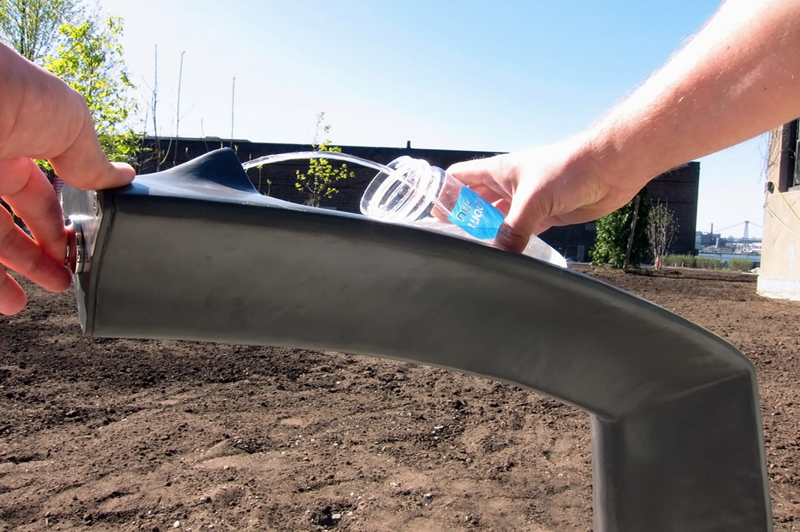
 Office of Climate and Environmental Justice311
Office of Climate and Environmental Justice311 Search all NYC.gov websites
Search all NYC.gov websites
Water Management

Water is one of our most precious resources and must be valued and managed wisely. Water is essential to our daily life and public health. We must preserve New York’s water from contamination, the risks of aging infrastructure, and the impacts of climate change.
Drinking Water
The New York City DEP operates one of the most complex water and wastewater systems in the world. It manages a network of 19 reservoirs and three controlled lakes that cover approximately 2,000 square miles of watershed land as far as 125 miles upstate. The City’s drinking water system is the largest unfiltered water supply in the world, delivering approximately one billion gallons of high-quality drinking water each day to nine million New Yorkers.
The Mayor’s Office of Sustainability co-leads the water fountain and bottle refiller task force along with DEP and six other participating City agencies and offices. The goal of the task force is to install or repair 500 new water fountains and bottle refillers in areas underserved by public drinking water access, by 2025. Not only will this bring high-quality drinking water to more New Yorkers, but it will also cut down on single-use plastic water bottles which generate an enormous amount of waste and often wind up in our watershed as pollution. Today New Yorkers go through 800 million plastic bottles per year; we aim to dramatically reduce this number through the GreeNYC BYO campaign which asks New Yorkers to take the BYO pledge to use reusable water bottles, and by bringing water bottle refillers to parks and other public spaces in all five boroughs.
Water Infrastructure
New York City has approximately 7,000 miles of water mains and over 7,500 miles of sewer mains that incur substantial maintenance, replacement, and management costs. Fourteen large municipal WWTPs treat an average of 1.3 billion gallons of wastewater every day. To safeguard this invaluable natural resource and more efficiently deliver critical water services, the City has adopted a holistic approach to water management. This is anchored in an understanding of local water cycles and an appreciation for the contributions of smaller-scale, decentralized projects aimed at optimizing the performance of existing large-scale systems.
For example, the City has spent approximately $1.7 billion since the 1990s in watershed protection. These investments have helped protect our natural resources and ensure high-quality affordable drinking water, while also avoiding the need for an estimated $10 billion new filtration plant. Similarly, instead of exclusively relying on expensive, energy-intensive traditional engineering controls to capture storm-water runoff, the City has adopted a Green Infrastructure program to construct and maintain curbside gardens—also known as bioswales and storm-water green-streets—and has promoted other green infrastructure such as permeable paving, which absorbs storm-water before it enters the sewage system.
Delivering high-quality drinking water, wastewater services, and storm-water management to residents of New York City requires substantial capital and operating investments. The City has been tracking and analyzing trends in population, water consumption, waterfront use, and changing environmental conditions. Although the cost of New York City’s water and wastewater services is below the national average, the cost of safeguarding drinking water quality and managing storm-water is likely to increase. This is particularly hard to bear for low-income homeowners and providers of affordable housing. In order to balance the goals of investment and equity going forward, DEP will continue to develop rates that support policy goals, and will invest in the technology to support innovative fee structures.
The City will update the water and wastewater billing system, and evaluate its financial framework to ensure we have a sustainable financial model. We will continue to manage the city’s drinking water supply to maintain its world-renowned drinking water quality. In addition, the City will manage its wastewater treatment, storm-water management, and drainage systems to improve the quality of our local waterways and beaches, as well as ensure every neighborhood receives a high level of infrastructure services.

